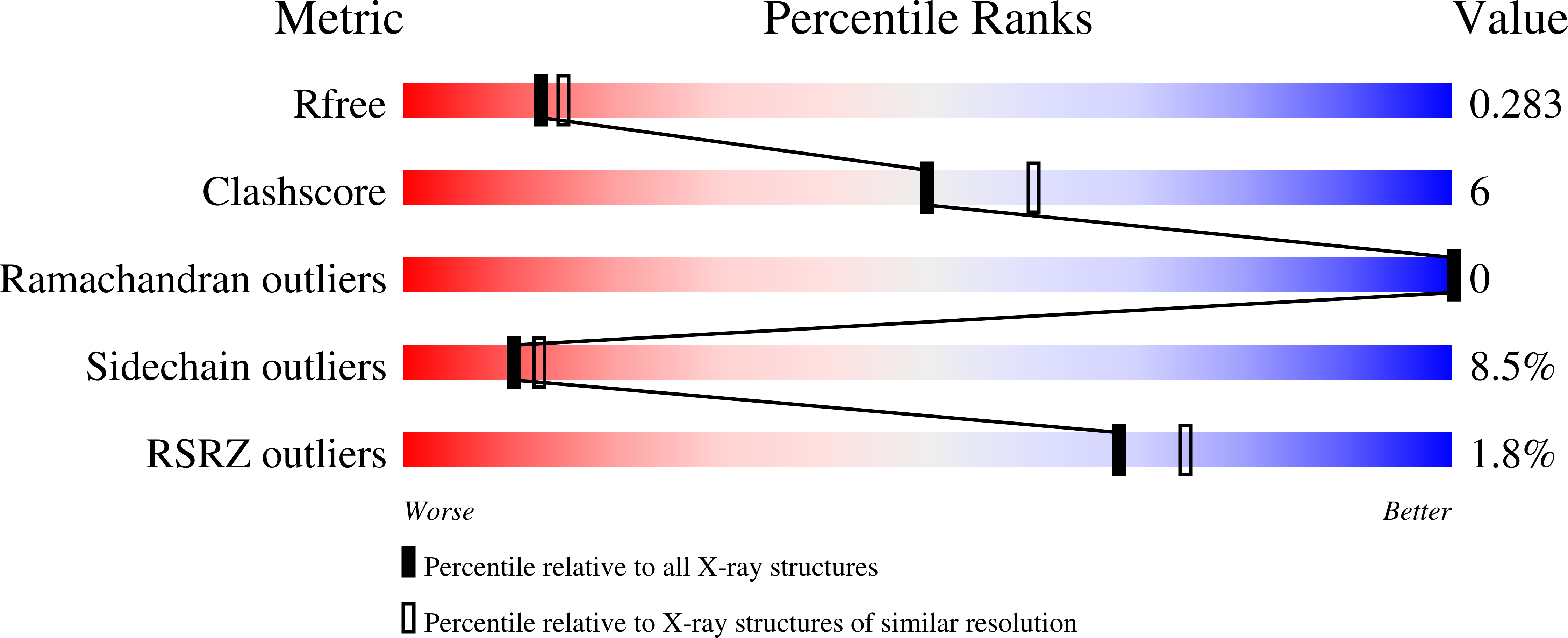
Deposition Date
2006-09-29
Release Date
2007-10-16
Last Version Date
2023-08-30
Method Details:
Experimental Method:
Resolution:
2.30 Å
R-Value Free:
0.29
R-Value Work:
0.23
R-Value Observed:
0.23
Space Group:
P 31 2 1


